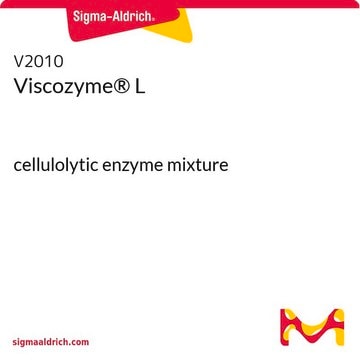Unfortunately, the enzyme activity is not tested in terms of filter paper units (FPU). It is presented as U/g.
Kindly review the following citation that provides a reference to the FPU method (Adney and Baker). As this value is not presented on the certificate of analysis, it may be necessary to re-assess the FPU for every batch received:
Rodrigues AC, Haven MØ, Lindedam J, Felby C, Gama M. Celluclast and Cellic® CTec2: Saccharification/fermentation of wheat straw, solid-liquid partition and potential of enzyme recycling by alkaline washing. Enzyme Microb Technol. 2015 Nov;79-80:70-7. doi: 10.1016/j.enzmictec.2015.06.019. Epub 2015 Jul 17. PMID: 26320717.










